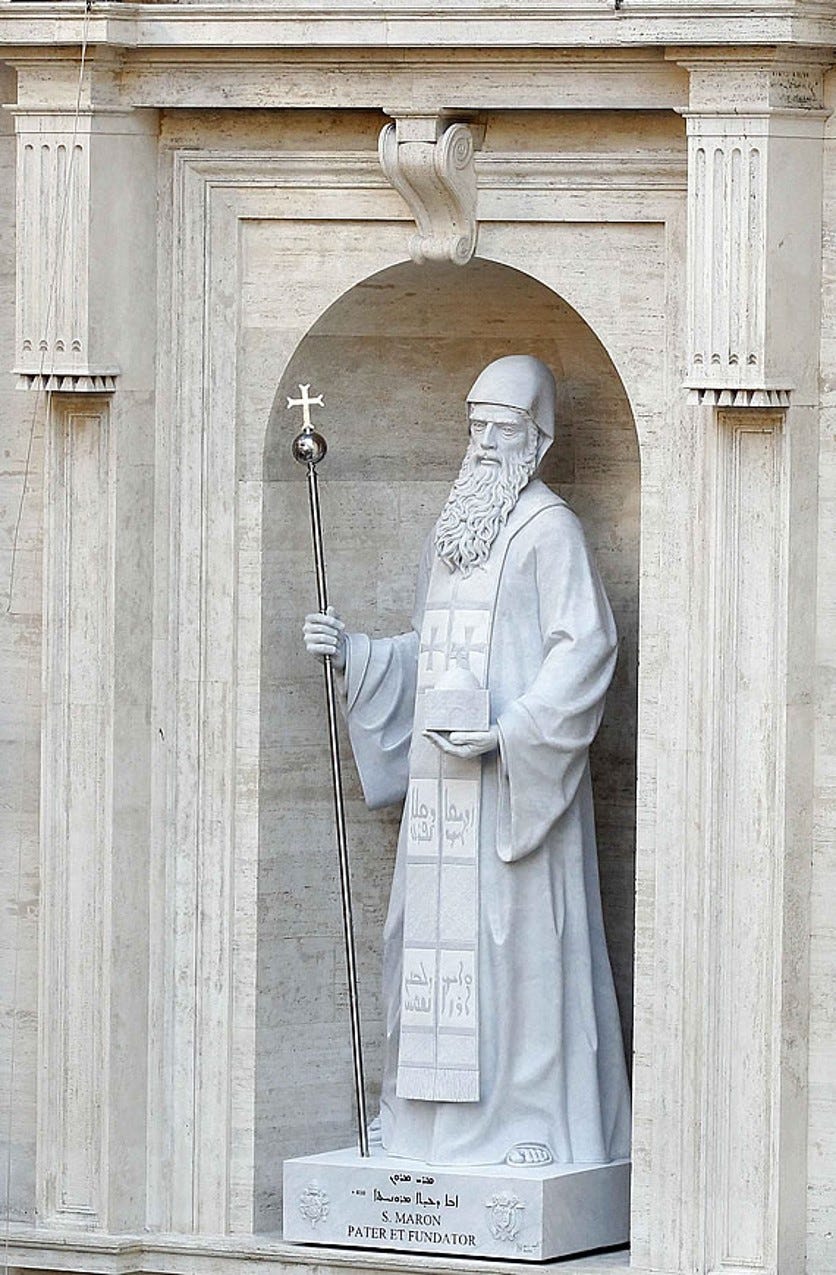Join me today to meet a saint who was betrayed by an emperor and survived.

Name: John Maron, Yohanna Maroun, sometimes John Maron of Sarum
Life: 628 - 707 AD
Status: Saint
Feast: March 2
Join me today to meet a saint who was betrayed by an emperor and survived.

Name: John Maron, Yohanna Maroun, sometimes John Maron of Sarum
Life: 628 - 707 AD
Status: Saint
Feast: March 2